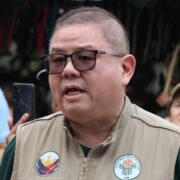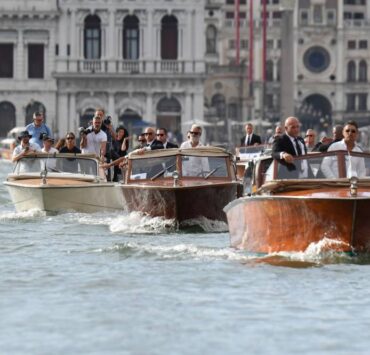Study: WPS, Benham Rise world’s soft coral hot spots

Beneath the waters of the West Philippine Sea (WPS) and Benham Rise, scientists have discovered wide swathes of diverse soft corals that are reinforcing the Philippines’ status as a world hot spot of marine diversity.
Specifically, the country has emerged in a recent study as one of the global centers of “zooxanthellate soft coral diversity,” according to scientist Jue Lalas, who previously served as a research associate at Marine Science Institute of the University of the Philippines Diliman.
Lalas and his coresearchers are behind the study “Biodiversity and biogeography of zooxanthellate soft corals across the Indo-Pacific,” published in Nature Scientific Reports last May, which found that from specimens pooled with collections from over 40 countries and territories, samples of soft corals from the Philippines were a major contributing group.
The study has been billed as “a massive international collaboration designed to explore global patterns in diversity of this major yet understudied group of organisms.”
Led by Dr. Catherine McFadden, the research used DNA barcoding to analyze over 4,000 samples.
“The paper shows that the Philippines, including the West Philippine Sea and Benham Bank in northeastern Philippines, is part of one of the centers of zooxanthellate soft coral diversity,” said Lalas, one of the two Filipino coauthors.
Philippine samples were collected from the Kalayaan Island Group, Western Palawan, Pangasinan, Puerto Galera, northeastern Philippines and Benham Bank in the Philippine Rise from 2019 to 2021.
“The results are interesting because as we already know, [when it comes to] hard corals, fish, and many other groups of organisms, the center of diversity is in the Coral Triangle,” Lalas said. The Coral Triangle is a major coral zone in the waters around Indonesia, Malaysia, Papua New Guinea, the Philippines, Solomon Islands and Timor-Leste.
“But very surprisingly, in soft corals, we see two centers of diversity—in the Western Indian Ocean and here in parts of our region,” he said.
More importantly, he noted, the Philippine samples in the study showed that “we are the center or hot spot for diversity for soft corals.”
This finding highlights the need to protect Benham Bank and the West Philippine Sea as critically important centers of marine biodiversity.
Huge potential
Unlike hard corals that almost seem like rocks, soft corals are like sponges—squishy organisms with very tiny, microscopic skeletal structures. They serve as habitats for different organisms like worms or sea slugs and food for fish and even sea turtles. These organisms could also potentially contribute to the development of new medicines.
“Similar to sponges, soft corals have a huge potential to be used in the medical field or the pharmaceutical industry,” Lalas told the Inquirer in an interview over the weekend.
Compared to hard corals that are dependent on photosynthesis for food, soft corals are better in terms of catching food because of their tentacles. In scuba diving spots such as Anilao in Batangas, and Puerto Galera in Oriental Mindoro, they stand out for their colorful, flower-like appearance.
“They’re very attractive to underwater photographers. They are highlighted in coral reefs as those aesthetically good-looking parts and yet they are understudied,” said Lalas.
There are few papers on soft corals in the Philippines at this time despite the species being dominant components of the country’s coral reefs, according to Lalas. Approximately fewer than 10 Filipinos are focused on doing research in this field.
It’s important thing to continue studying the country’s soft corals and other marine resources for the economic and even lifesaving benefits they may offer, Lalas stressed.
“There are still so many areas in the Philippines that remain unexplored. So, the bigger [the area] is, the more potential we have to discover compounds that can, for instance, be used for medicine,” he said.





















